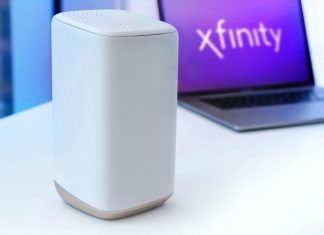EFI Partition is essential for the installed operating system on your computer’s hard disk and is typically created after operating system installation. But what is it used for? And how can you get rid of it if you need to? Continue reading to get the basic facts about this important operating system.
(Guide) Things You Should Know About EFI System Partition
What is EFI Partition?
The EFI system partition is a small partition that is formatted with FAT32. It usually takes up about 100 megabytes of room in your hard drive. If your hard drive was initialized as the GUID Partition table – otherwise known as GPT – partition style, it will create an EFI system partition after installing Windows or Mac operating systems.
Typically, you will not be able to view the EFI partition in File Explorer due to the fact that it does not have any drive letter. If you delete this partition on the accident, it will cause the installed system unbootable. For that reason, in order to make sure this partition is protected, Windows OS will now allow you to delete it very quickly. That being said, there are specific scenarios in which you will want to delete the EFI partition.
How to Delete EFI Partition –
The most common reason why you will want to delete the EFI system partition is either because you want it off of an external hard drive or because you want to swap the Mac OS with the Windows OS. In this scenario, you will need to delete it. Here’s how you do that.
- Install and run the program
- Connect a USB drive to your computer and click Make Bootable Media
- In the main interface, right-click on the EFI partition and select Delete Partition
- In the pop-up window, click OK to confirm
- After this, you will find that the EFI partition has become unallocated space. You can then add this unallocated space to any existing partition by using the Merge Partitions function.
How to Create EFI Partition –
Just as you sometimes need to delete EFI partition, you will also sometimes need to create one. Here is how you can do just that.
- Boot your computer from a Windows installation disc or recovery disk. Then press Shift+F10 in the setup to enter the command prompt window.
- Run the commands below to shrink a partition to get unallocated space.
- After that, you can create an EFI partition out of the 500-megabyte unallocated space using the following command:
create partition EFI size=200
format quick fs=fa32 label=”System”
create partition msr size = 128 - After those two partitions have been created successfully, use the commands below to install a boot loader and other applications that are needed.
- Finally, all you have to do is reboot your computer to see if the issue has been remedied.
If your computer fails to boot up because of missing the EFI system partition, you can use this method to create it. Even though this will not cause data loss, it is also recommended to create a disk backup before you make any changes.








![[LISTS] Best Chat GPT App for iPhone – Can You Handle the Suspense? Best Chat GPT App for iPhone](https://www.techinpost.com/wp-content/uploads/Best-Chat-GPT-App-for-iPhone-324x235.png)